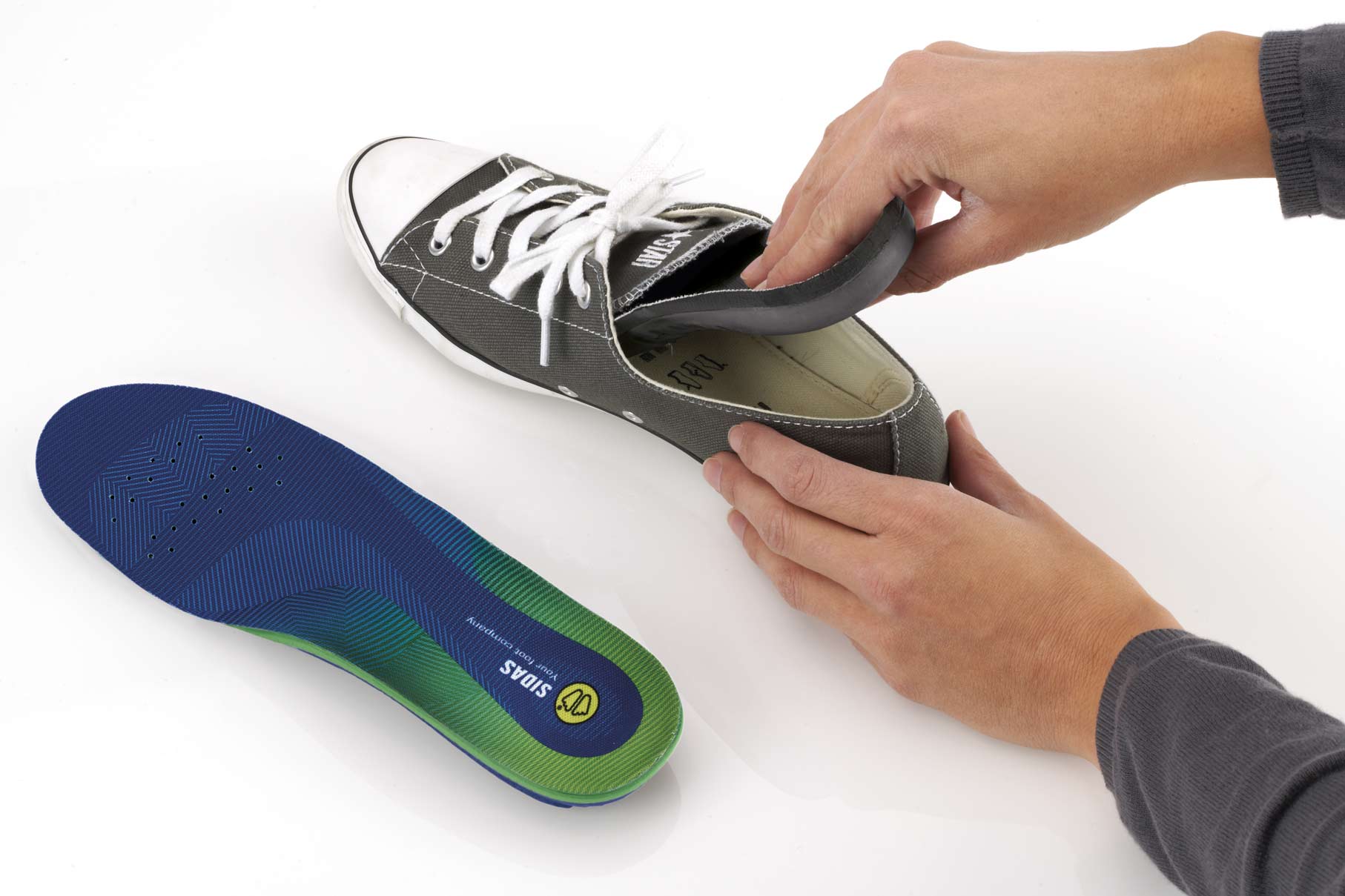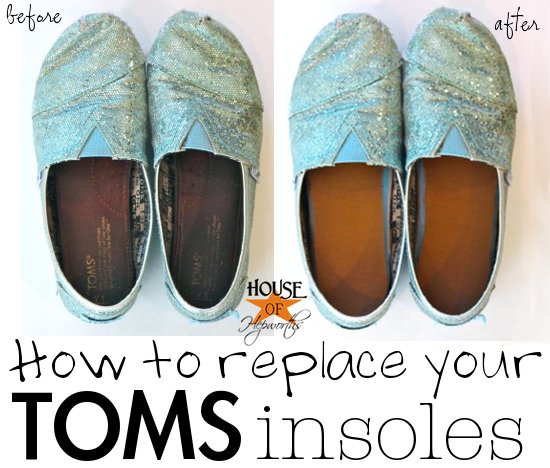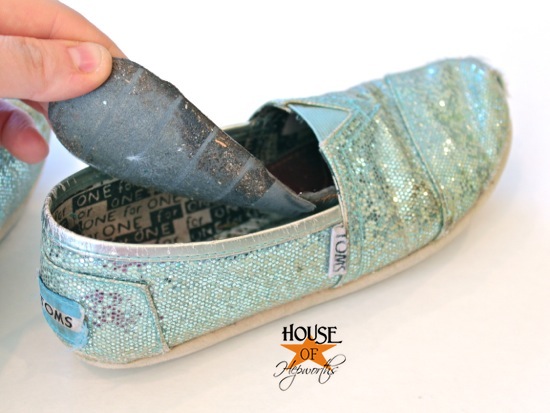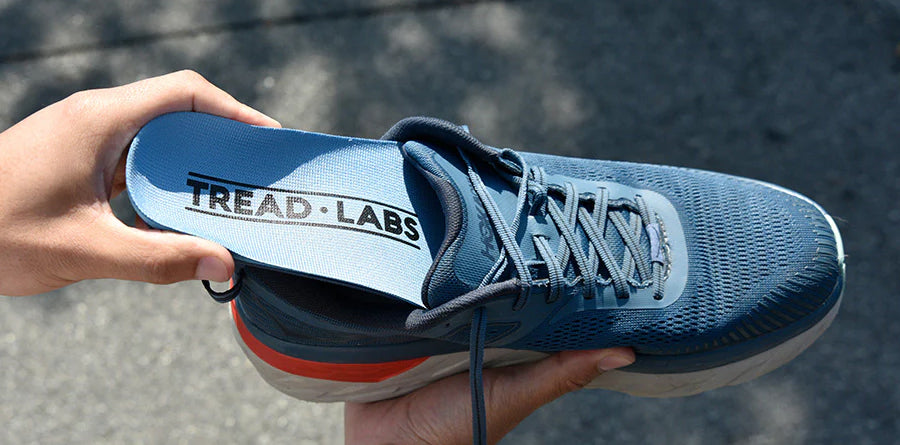Are you often looking to switch out the insoles in your favorite pair of shoes? Whether you’re trying to replace worn-out insoles, clean them, or make room for specialized orthotics, knowing how to remove insoles effectively is a game-changer for shoe enthusiasts. In this comprehensive guide, we will not only provide step-by-step instructions but also share real-world experiences, product highlights, and tips to maximize your footwear comfort.
Why Remove Insoles from Your Shoes?
Removing insoles is more than just a matter of replacing old ones. There are several compelling reasons behind this practice:
- Comfort: Over time, insoles can wear down and lose their cushioning properties. Replacing or cleaning them can enhance comfort.
- Hygiene: Shoes can harbor bacteria and odor, especially from sweat. Regularly removing and cleaning insoles can help maintain hygiene.
- Custom Fit: Many opt for custom orthotic insoles to address foot pain, arch support, or other issues. Removing the original insoles makes room for these enhancements.
- Personalization: Insoles can be swapped for those that suit specific activities, like running, walking, or standing for long periods.
How to Remove Insoles from Different Types of Shoes

1. Athletic Shoes
Athletic shoes are designed with performance in mind, often featuring removable insoles for added versatility. Here’s how to remove insoles from athletic shoes:

- Prepare Your Shoes: Ensure the shoes are clean and dry. This will prevent debris from getting trapped when you remove the insoles.
- Locate the Insoles: Gently pull the heel of the insole to identify if it is glued or just tucked in.
- Remove Carefully: If they are glued, use a bit of force but avoid ripping them. If they are not glued, simply pull them up from the heel.
Case Study: Maria’s Marathon Experience

Maria, a marathon runner, found that her insoles were wearing down after numerous races. After learning to remove them safely, she replaced them with custom orthotic insoles designed for her foot shape. This improved her comfort level during training significantly.
2. Dress Shoes

Dress shoes often have a more structured design, which can make the removal of insoles a little tricky. Here’s the best approach:
- Slide the Insole Forward: Start at the heel and gently slide the insole forward, ensuring you don’t damage the shoe.
- Check for Adhesives: If you sense resistance, check for any adhesive. A little warmth from your hands can help loosen the glue.
- Lift Carefully: Once the insole is loosened, lift it slowly to avoid tearing it.

Comparison Table: Athletic vs. Dress Shoe Insoles
| Feature | Athletic Shoes | Dress Shoes |
|---|---|---|
| Removability | Often removable | May be glued or stitched |
| Material | Foam or gel | Leather or synthetic |
| Customization | Highly customizable | Limited options available |

Common Methods for Removing Insoles
Using Tools

In some cases, you might need tools to effectively remove insoles:
- Shoe Horn: A shoehorn can help loosen stubborn insoles by gently prying them up.
- Flathead Screwdriver: Use this carefully to wedge under the insole and lift it without damaging the shoe.

Without Tools
If you prefer a no-tool approach, here are tips:
- Use Your Hands: Simply pull at the heel and work your way towards the front.
- Warm-Up Method: Sometimes, warming the shoe with a hairdryer can help loosen adhesive.
Tips for Maintaining Your Insoles
1. Regular Cleaning
Cleaning your insoles regularly can prolong their life. Use a damp cloth to wipe them down, and let them air dry completely before placing them back into your shoes.
2. Use Odor Control Products
Consider using baking soda or specialized odor control powder on your insoles to eliminate odors. Sprinkle, let sit, and brush off for freshness.
3. Store Properly
When not in use, store your shoes and insoles in a dry, cool place to prevent mold growth.
Product Highlights: Insoles Worth Considering
1. Superfeet Green Insoles
These insoles are known for their durability and arch support, making them a popular choice among runners.
2. Dr. Scholl’s Custom Fit Orthotic Insoles
These provide a customizable fit based on your foot type, ideal for those who suffer from foot pain.
3. Sof Sole Airr Orthotic Insoles
Featuring a gel cushioning layer, these are perfect for athletes looking for extra comfort during workouts.
Pros and Cons of Removing Insoles
Pros
- Enhances comfort.
- Allows for hygiene maintenance.
- Facilitates customization for foot health.
Cons
- Some insoles may be difficult to remove.
- Risk of damaging the shoe if not careful.
- Replacement costs can add up.
FAQs About Removing Insoles
1. Can I remove insoles from any shoe?
Generally, yes! However, some dress shoes may have glued or stitched insoles, making them harder to remove.
2. How often should I replace insoles?
It’s advisable to replace insoles every 6-12 months, especially if you notice discomfort or wear.
3. Will removing insoles damage my shoes?
If done carefully, it shouldn’t damage your shoes, but always check how the insoles are attached first.
4. How do I know if my insoles need to be replaced?
Look for signs of wear such as cracks, lack of cushioning, or persistent odors.
5. Can I wash my insoles?
Many insoles can be washed. Check the manufacturer’s instructions. Typically, hand washing is preferred.
6. What are custom orthotic insoles?
Custom orthotic insoles are designed specifically for your foot structure to provide better support and comfort.
7. Are there risks associated with using custom insoles?
While most people benefit from custom insoles, some may experience discomfort initially as their feet adapt.
8. Do I need to remove the original insoles when using custom insoles?
Yes, removing the original insoles creates space for custom ones and ensures a better fit.
9. Can shoe repair shops assist in insole removal?
Absolutely! Shoe professionals can help remove insoles without risking damage to your shoes.
10. Will using a hairdryer damage my shoes when loosening insoles?
As long as you don’t overheat the area, a hairdryer can effectively loosen glue without damage.
11. Are insoles suitable for all types of shoes?
Most athletic and casual shoes are compatible, but dress shoes may require more care during insole removal.
Conclusion
Removing insoles from shoes may seem like a daunting task, but with the right tools and methods, it can be done easily and effectively. Whether you are looking to improve comfort, hygiene, or customize your footwear, understanding how to manage your insoles can enhance your overall shoe experience. Remember to keep an eye out for signs that your insoles need replacing and also indulge in regular cleaning for longevity.
By following this guide, you’ll not only enjoy better-fitting shoes but will also elevate your overall footwear experience. Happy shoe care!